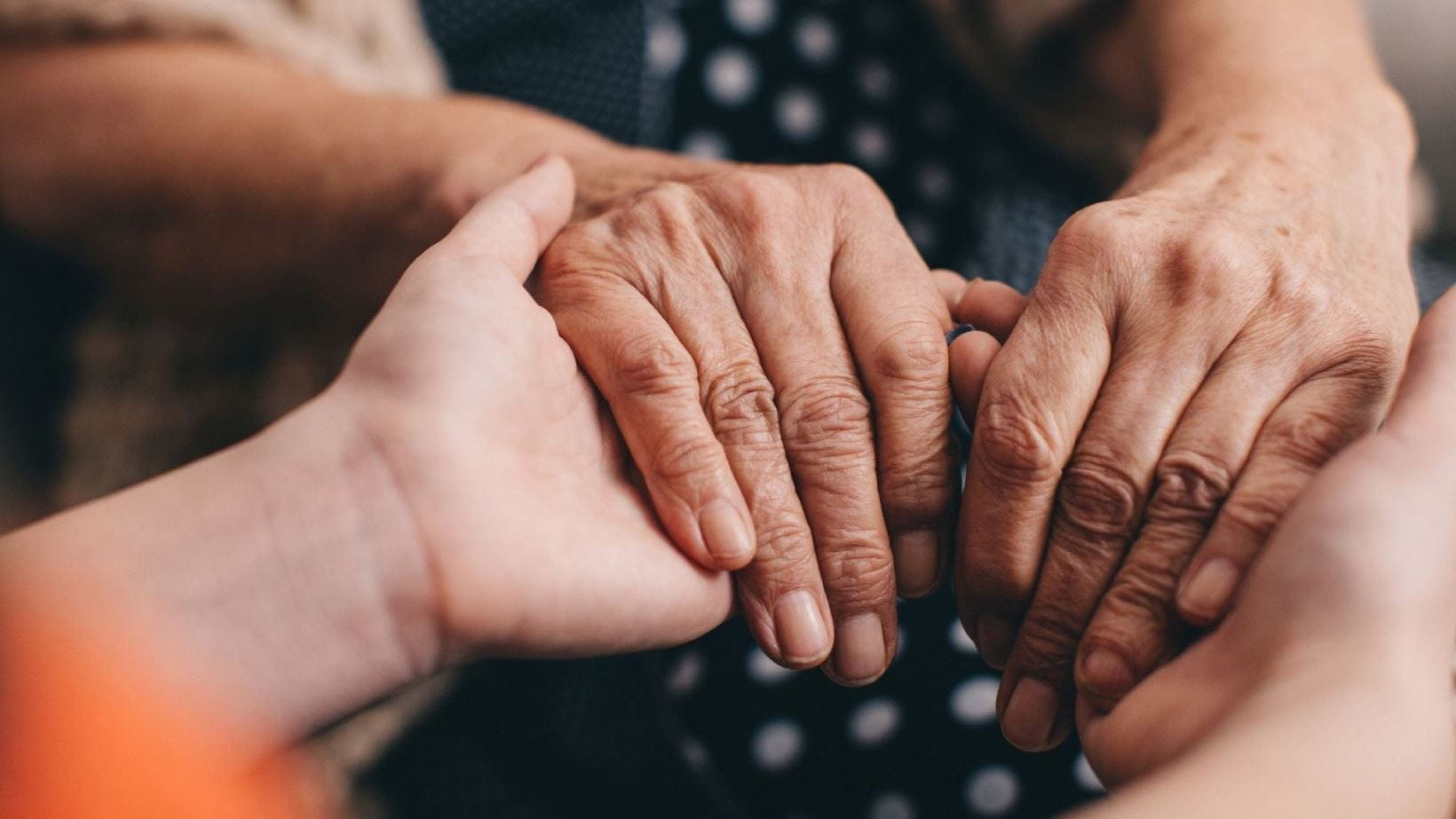In addition to technology usage and lack of time, eight in ten respondents believe that social norms can get in the way of human touch. In some countries, this is more of a factor than in others. It appears to be more of a barrier in Commonwealth countries, with 84 percent of Britons, 85 percent of Australians, and 84 percent of Indians reporting social norms as a barrier to touch, compared to 80 percent of respondents overall. Generally speaking, people in those countries touch each other less than people in southern Europe and South America, where, for example, a hug and kiss on the cheek are often considered an acceptable form of greeting. For many respondents, uncertainty about what type of touch is appropriate or whether the recipient would reciprocate prevents them from initiating touch. More than three-quarters of respondents reported that personal insecurities, such as being unsure if people would be comfortable receiving a hug, is a barrier. This figure is substantially higher – 85 percent – in China, India, and Thailand. Another 69 percent reported that they are open for touch, but they always wait for the other person to make the first move. These findings are especially pronounced in one group in particular: those who identify as men.
A total of 89 percent of men and 88 percent of women believe that human touch is key to living a happy, fulfilled life. Yet men face more personal insecurities around touch, with 76 percent of men indicating that they are often unsure how much physical contact is acceptable in society, compared to 71 percent of women. More men than women wish they could receive more hugs (73 percent compared to 70 percent). Furthermore, while they wish for more touch, they are actually experiencing less; 20 percent experienced no physical contact at all the day before the interview, compared to 14 percent of women.
Clearly, men long for more tactile connections in their everyday lives, but feel insecure about initiating and receiving physical touch. Men who place more emphasis on traditional gender roles or feel pressured by societal expectations may be less likely to engage in physical touch, fearing that it could be considered “feminine” or “soft.” Many are afraid to express their emotions or unable to articulate their needs. Others are afraid their touch will be interpreted as a sexual advance or that it will be rejected. Some fear to be affectionate with their children. A father in Germany told us, “I feel really uncomfortable when my 12-year-old daughter wants to sit on my lap in public. I don’t want anyone to think that I am a pedophile!”
Regardless of the reason, the consequence of these insecurities means that with the exception of handshakes, men are more likely than women to forego caring, platonic touch – and all the benefits that come with it.







Social Norms Can Get in the Way of Natural Human Touch
“Social norms can get in the way of human touch.”